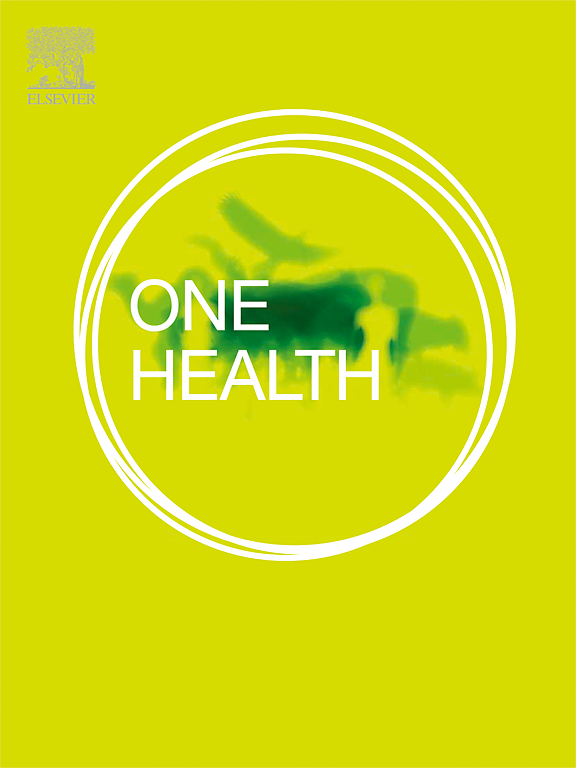Guidelines for addressing disease risks in wildlife trade
IF 4.1
2区 医学
Q1 INFECTIOUS DISEASES
引用次数: 0
Abstract
Wildlife trade for commercial and subsistence purposes has a long history and economic, cultural and religious value, but also presents potential trade-offs, including for human and animal (domestic and wild) health, animal welfare, species conservation, and ecosystems. Understanding and balancing the many dimensions of trade requires a holistic approach. To assist in decision making, the World Organisation for Animal Health (WOAH) undertook a process to develop draft guidelines, convening a multi-sectoral ad hoc group, reinforced with expertise from a WOAH Collaborating Centre and a peer review process. The draft guidelines were piloted through a workshop series in Bangkok, Thailand, informing their refinement and finalization. The Guidelines for Addressing Disease Risks in Wildlife Trade, published in May 2024, present a high-level framework to assess risk and identify risk-management strategies for wildlife trade. The Guidelines are structured by four main sections, stakeholder engagement and system mapping; risk analysis (the stages of hazard identification, risk assessment, risk management, and risk communication); monitoring and evaluation; and tools and guidance. Rather than being prescriptive, the Guidelines can be a basis for advancing context-specific approaches to addressing disease risk in the wildlife trade using a One Health lens, supported by workshops and multi-sectoral collaboration to strengthen risk analysis competencies and implementation. This paper describes the process of developing the Guidelines and summarizes their content and anticipated use.
求助全文
约1分钟内获得全文
求助全文
来源期刊

One Health
Medicine-Infectious Diseases
CiteScore
8.10
自引率
4.00%
发文量
95
审稿时长
18 weeks
期刊介绍:
One Health - a Gold Open Access journal.
The mission of One Health is to provide a platform for rapid communication of high quality scientific knowledge on inter- and intra-species pathogen transmission, bringing together leading experts in virology, bacteriology, parasitology, mycology, vectors and vector-borne diseases, tropical health, veterinary sciences, pathology, immunology, food safety, mathematical modelling, epidemiology, public health research and emergency preparedness. As a Gold Open Access journal, a fee is payable on acceptance of the paper. Please see the Guide for Authors for more information.
Submissions to the following categories are welcome:
Virology,
Bacteriology,
Parasitology,
Mycology,
Vectors and vector-borne diseases,
Co-infections and co-morbidities,
Disease spatial surveillance,
Modelling,
Tropical Health,
Discovery,
Ecosystem Health,
Public Health.
 求助内容:
求助内容: 应助结果提醒方式:
应助结果提醒方式:


